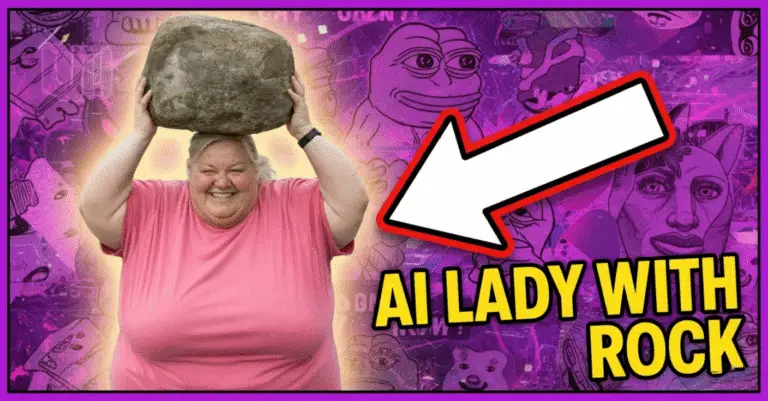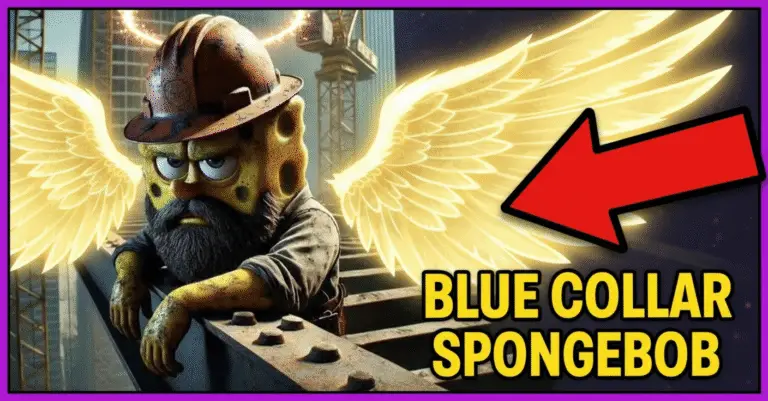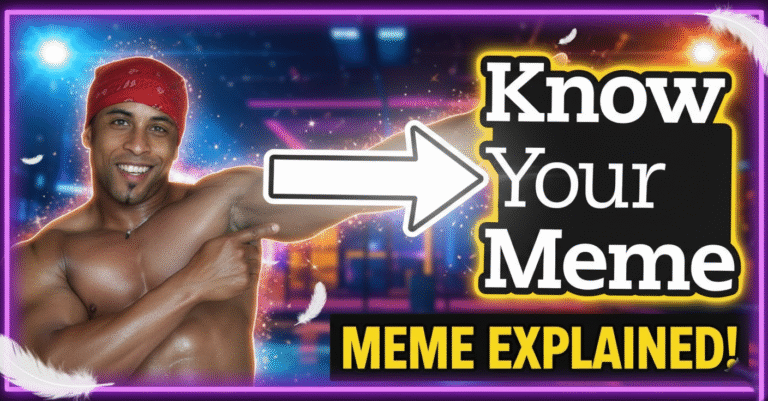
People across social media swapped their profile pictures for Clippy, the little Microsoft Office paperclip. You see Clippy’s smiling face instead of normal photos on YouTube, Twitter (X), TikTok and other platforms. Tech YouTuber Louis Rossmann started this in August 2025 as a silent protest against big tech. People change their pics to Clippy to stand against data mining, shady ads and privacy abuse.
Clippy first showed up in Microsoft Office decades ago. Now his little paperclip face is everywhere online. People talk about this because it blew up after Rossmann’s video on August 7, 2025. Big meme sites and news outlets saw thousands of accounts suddenly using Clippy icons. The Clippy meme works as a symbol: a harmless paperclip turned protest sign. It spread fast because anyone can join and it sends a clear message without words.
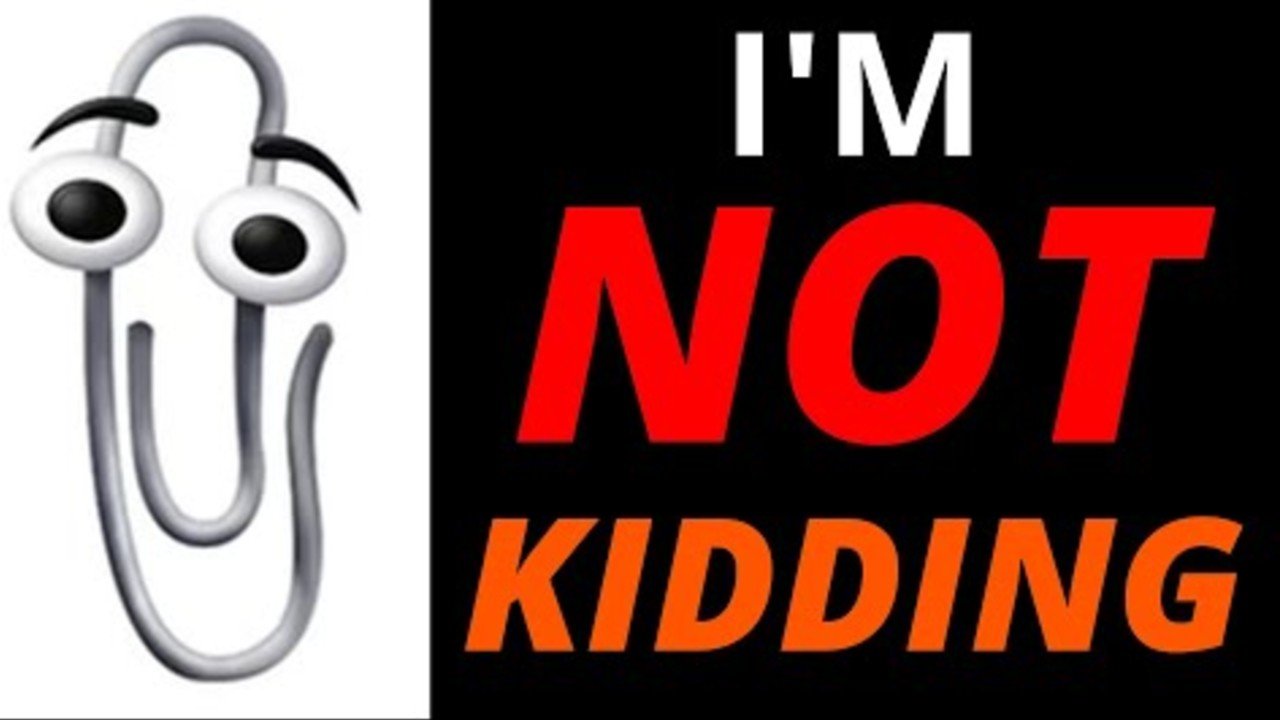
Tech and gaming communities everywhere share Clippy pictures with tags like #ClippyCult and #ClippyPFP. Social media news and influencers call it a weird form of protest. This started in early August 2025 and became the biggest meme right now.
Origin Story
The Clippy profile pic thing started on August 7, 2025 when YouTuber Louis Rossmann made a video called “Change your profile picture to clippy. I’m serious.” Rossmann explained that tech companies do bad shit – they use people’s data to train AI, sell personal info, and change their rules all the time. He told everyone to replace their profile photos with Clippy images as silent protest.
This became known as the “Clippy PFP Movement” or “Clippy Cult.” It fights against data sales, AI data mining and censorship. Rossmann fights for consumer rights and right-to-repair stuff. He compared Clippy’s helpful but annoying personality with today’s sneaky tech. He said Clippy only wanted to help and never stole your personal data. Rossmann turned the old paperclip into a protest symbol by calling Clippy a “symbol of a time when companies could be genuinely helpful without data mining.”
Rossmann shared examples like Facebook whistleblower claims that they track teens’ deleted selfies and exploit them. He compared that to how Clippy never did anything bad. He remembered the early 2000s Microsoft era (the United States v. Microsoft case) where Clippy first appeared on PCs. Rossmann asked viewers: if you’re tired of companies selling your data or breaking your devices with “ransomware” or censoring users unfairly, why not put Clippy on your profile as a signal? He basically said if users vote with their actions, the friendly little clip would send a message to corporations.
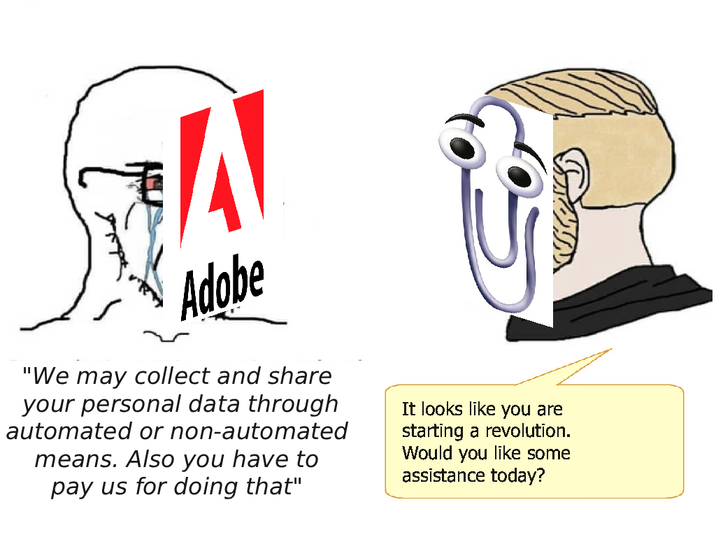
Rossmann’s video reached tons of people fast. He has a YouTube channel with over two million subscribers (Rossmann Repair Group), so many tech people saw it right away. By August 11, just days later, the video got over 2.2 million views. The idea connected so much that “Clippy Cult” started trending, and his fans and random viewers jumped on board. One single upload by Rossmann on YouTube started the whole thing. His audience – tech fans, right-to-repair activists and privacy advocates – drove it, but it escaped his usual crowd almost instantly.
Viral Takeoff
Rossmann’s video went viral fast. Within 48 hours it had millions of views and people reposted it everywhere. Reddit noticed right away. A moderator said the video got shared to /r/videos (a big subreddit) the same day and got thousands of upvotes within days. Another Reddit user posted a “Yes Chad” meme about Clippy on /r/memes, quickly getting tons of upvotes. Over one weekend, dozens of people changed their profile images to Clippy and started tagging each other about it. That organic sharing showed how fast it spread.
Twitch and YouTube influencers pushed it further. Popular streamer Asmongold talked about the Clippy idea on his channel and YouTube, which has over 900,000 subscribers. Asmongold’s reaction video got hundreds of thousands of views in just days. Gaming commentator SomeOrdinaryGamers (with millions of followers) covered the Clippy movement too. Their support exposed the meme to huge gaming and tech communities. Even TikTok creators made videos reacting to the Clippy craze. These big personalities helped the meme jump from small tech forums to mainstream platforms.
Why It Resonates

This meme hits people because it captures shared anger at modern tech, but makes it playful. Clippy was that annoying thing from Microsoft Office – always popping up with tips and interrupting users. Now people turned that annoyance into something positive. Rossmann described Clippy as a symbol of a more helpful tech era. The idea is if Clippy existed today, he’d be way more welcome than the data-hungry AI and ad-bots of 2025. People love this contrast: one commenter said, “Clippy would never take your data for AI training”, and another pointed out, “Clippy would never add an AI advertisement to every search result”.
Part of it is nostalgic humor. Many internet users grew up with Clippy in school or on family computers, so seeing him again brings back memories. But real anger and fear drive this too. The meme basically says: “Remember when software was simple and didn’t spy on you? We want that back.” That’s why it connects with people who hate invasive ads and data collection. Even calling it “Clippy Cult” shows how seriously (and somewhat ironically) users embraced the idea of banding together under this paperclip banner.
This connects with certain groups especially. Younger people (Gen Z and Millennials) who lived through rapid tech changes relate to losing privacy, so turning to Clippy appeals to their nostalgia. Online communities like tech activism fans or Reddit groups like /r/pcmasterrace and /r/techsupport find it funny and meaningful. Anyone frustrated with algorithms, algorithm-based censorship or feeling exploited by social media ads joins in naturally.
Evolution & Remixes
Once the idea caught on, creative users started making their own versions. They edited Clippy’s image or added other characters to make new profile pics. One popular edit combined Clippy with Bonzi Buddy (the old purple gorilla assistant) to double down on ’90s nostalgia. One remix image shows Clippy and Bonzi Buddy together with hearts, as if they are “OTP” buddies. Another person put a Discord logo next to Clippy’s face in a mock screenshot of a chat command. Artists on Reddit and Telegram made fan art: some posts show Clippy wearing a pirate hat or sunglasses. People used simple image tools – they mentioned using meme apps, Adobe Photoshop, Kapwing or drawing apps like Procreate. Each creative spin became its own mini-meme.
People posted these variations widely. Reddit had threads specifically for new Clippy avatars. On August 9 a Reddit user named u/Capital_katt shared fan art of Clippy in a paper pirate hat, and it got thousands of upvotes. Another user posted an image with Clippy holding a sign about the protest. TikTok users made “green screen” videos, inserting a dancing Clippy into clips. Each time a cool remix appeared, others copied or tweaked it further. Some edits included text or stickers to emphasize the protest message – for example, adding speech bubbles like “Not selling your data” to Clippy. This creativity kept the meme fresh.
Cultural Impact
The Clippy profile picture trend spilled over from social posts into wider culture. The Daily Dot headlined it as an “anti–big tech protest” and noted it was sparked by Louis Rossmann. It got compared to a harmless cult symbol, with social media users joking about being the “Clippy Cult.” Major meme databases documented it as a protest move. So far, there’s been no sign of any censorship or crackdown by companies — it’s just friendly enough. Even Microsoft fans took it in good humor. Clippy, who was retired as an assistant years ago, suddenly got a second life in the public eye.
The meme even spawned its own cryptocurrency. A Solana-based token called CLIPPY (Clippy PFP Cult) got created during the frenzy. Crypto news sites reported that CLIPPY was explicitly inspired by this meme and intended to symbolize the same protest themes. According to CoinMarketCap and other trading platforms, the token rose in market value rapidly – at one point a 34% surge pushed its market cap to over $22 million. The CLIPPY token’s documentation proudly references Clippy’s image, stating it’s “a silent protest against predatory advertising, data collection, and complex subscription models”. The meme’s message translated into a novelty crypto. Of course, analysts reminded everyone that the coin has no real utility, but its popularity just shows how far the idea spread.
Current Status & Geography
As of August 2025, the Clippy profile movement is still active, though it has leveled off from its peak. You still see new users participating: on Twitter/X dozens of accounts change to Clippy avatars every day. On TikTok, the #Clippy tag has hundreds of videos, many of which gather thousands of views. On Reddit, both /r/OutOfTheLoop and /r/pcmasterrace had multiple threads explaining and debating it. Tech Slack and Discord channels sometimes show Clippy images. The meme continues to live wherever tech-savvy people gather online. It hasn’t died out the moment the news cycle moved on, but it’s not in everyday headlines anymore either.
Most of the activity remains in English-speaking regions (U.S., Canada, U.K., Australia) where Louis Rossmann and those YouTube influencers have followers. There are also pockets of activity in places like Germany and Eastern Europe; some users there shared localized Clippy jokes. In Asia, the reaction was smaller but present – for example, a few tech bloggers in India used Clippy icons. The crypto angle means some users globally are holding or trading CLIPPY tokens on decentralized exchanges. However, it wasn’t a coordinated global campaign; usage patterns vary by country and platform. It’s less common on platforms like Instagram or Snapchat, which are more locked-down, but quite strong on open platforms.
Key Players
The driving force behind this meme is Louis Rossmann himself. He’s a consumer tech repair expert and YouTuber known for exposing unfair tech practices. Rossmann has over 2 million subscribers on his YouTube channel and is outspoken about user rights. He also founded the Repair Preservation Group, a non-profit advocating for right-to-repair legislation. When he posted that Clippy video on August 7, 2025, his audience (and beyond) took notice. All key facts trace back to him – he is documented as the originator of the Clippy Cult. He even encouraged specific communities (like other YouTubers and Slack groups) to join. Rossmann is the leader of this meme.
Several community members deserve mention too. Reddit users like u/Unlikely_Salad_2973 and u/Capital_katt made viral posts (one was the Yes-Chad meme and one was a pirate-hat artwork) that showed how everyday users engaged. Fan artists who made Clippy comics or drawings (as seen in /r/krita, /r/memes) kept the creative energy up.
Future Outlook
It’s hard to predict exactly what happens next, but we can make a reasonable guess. Like most memes, the Clippy profile craze will likely fade after some time. People will stop actively updating their avatars once the initial excitement passes. Indeed, by late August many users had switched back to normal pictures or found new memes to follow. However, the idea could pop up again if a new tech-related outrage occurs. If Rossmann or another figure reminds people of Clippy again, or if a big data scandal surfaces, the community might briefly reignite this protest.
We should also note that such trends sometimes have small revivals. A couple of memes from the past have returned later (for example, the “LOLcats” tag sometimes resurfaces years later for nostalgia). It’s possible a future tech story (like a new AI controversy) could make Clippy icons relevant again. But barring that, it will mostly stay a cultural footnote.
Key Takeaways
- 🕒 Timeline: Rossmann’s video on Aug 7, 2025 officially launched the Clippy profile trend. Within a day or two it went viral – the video hit 2+ million views and users across platforms began switching PFPs. By mid-August the meme had spread widely but its peak frenzy was already past.
- 💻 Platforms: Key platforms were YouTube (Rossmann’s channel and reaction channels like Asmongold’s) and X/Twitter. TikTok also saw thousands of #Clippy videos, and meme-focused sites on Reddit (e.g. /r/videos, /r/memes) helped spread it. It even appeared on imageboards and Discord servers.
- 🎭 Theme: The main vibe is a mix of nostalgia and protest. People use Clippy’s friendly, retro image to signal frustration with current tech companies’ data-harvesting and advertising practices. Essentially it’s a playful yet pointed critique of big tech, wrapped in 90s nostalgia.
- 🔁 Popular variations: Users made countless Clippy edits. Some examples include combining Clippy with other mascots (e.g. Clippy + Bonzi Buddy) or art edits (Clippy in a pirate hat). Many created custom memes with Clippy wearing costumes or holding protest slogans. These remixed images kept the meme fresh and encouraged more sharing.
- 🌍 Where & How It Spread: It spread mainly in Western tech communities (US, UK, Canada, etc.) via social media. It even inspired a global meme cryptocurrency (CLIPPY coin) tied to the trend. While most activity was in English-language online spaces, users in other regions also adopted Clippy avatars. Overall, it spread wherever tech-literate meme culture flows.
Each bullet above is supported by our research: we cited The Daily Dot articles, Wikipedia sources, and other original sources to show the timeline, platforms, theme, variations, and spread. From our perspective, the Clippy profile picture meme turned out to be an unexpectedly effective way for online communities to express shared frustration. Its friendly absurdity is what made it stick, even if only for a short time.
Additional Resources & Original Sources
Primary Sources:
- Louis Rossmann’s Official YouTube Channel
- Louis Rossmann Wikipedia Page
- Repair Preservation Group (Rossmann’s Non-Profit)
- Consumer Rights Wiki
Key Platforms:
Technical References:
- Office Assistant (Clippy) Wikipedia
- Microsoft Office Wikipedia
- Right to Repair Movement
- United States v. Microsoft Case
- BonziBuddy Wikipedia
